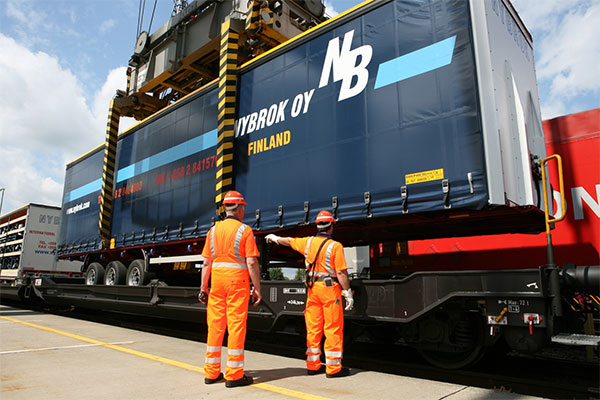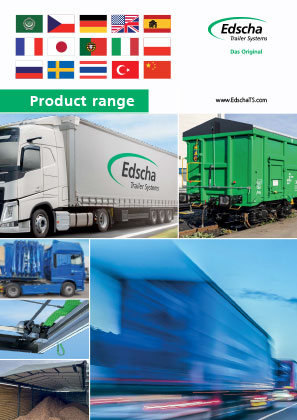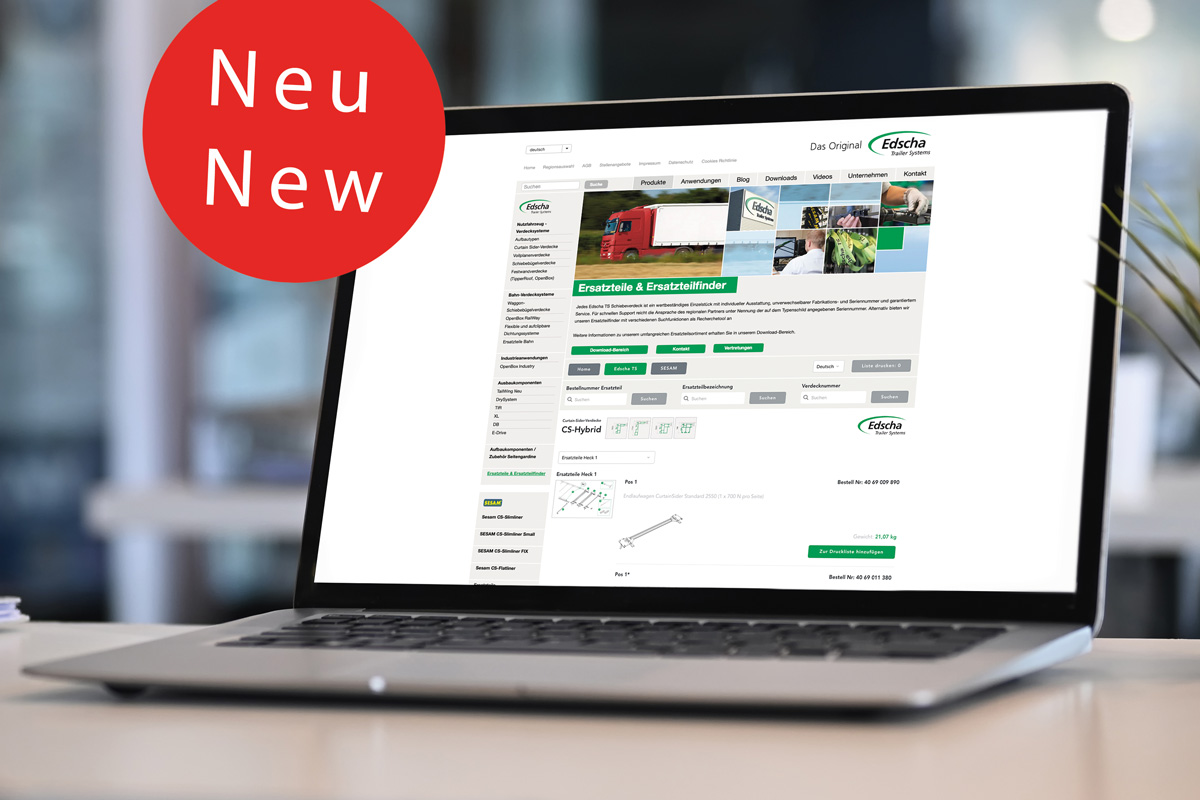A good combination is half the battle
The ability to transport goods flexibly and in an environmentally friendly manner is a general feature of combined transport. Here, the transport of goods by rail takes up the greater part, while road transport has the shorter distance. From an environmental point of view, this means fewer pollutant emissions and less congestion. Another advantage is that in accompanied combined transport, legal rest periods can be easily observed by drivers. Under certain conditions, it is also possible to be exempted from vehicle tax. This applies similarly to an exemption from the driving ban on Sundays and public holidays as well as during the vacation season. Fixed railroad timetables ensure maximum reliability in time management. The resulting reliability in logistics processes helps companies to plan better. Trucks can also weigh 44 instead of 40 tons in combined transport, which results in a higher transport capacity. The disadvantage is that not every route is suitable for truck transport and only certain areas/destinations are served by rail.
Special requirements of the railroad
The railroad's requirements for "traveling" canopy systems are based primarily on load safety and apply to every combination variant. The railroad attaches particular importance to the robustness and quality of the materials used and their construction. This becomes understandable when traveling by rail, where, for example, the forces acting on the tarpaulin are much higher than on the road. Therefore, it is very important to have reinforced bows, which can hold more and better and ensure the stability of the canopy at all times. For technical approval in rail transport, each canopy must also have a valid codification. Semi-trailers and swap bodies also have an owner code, the ILU code.

Regulation is regulation
Of course, there are many more regulations when transporting goods by rail in combined transport. For example, when transporting dangerous goods or waste, the loading unit must be fully and correctly marked. All doors, end walls and side boards of the loading unit must be closed and fixed. All hinges on doors and sideboards must be in perfect condition. Side and end walls as well as the load-bearing parts of a loading unit must not show any severe dents or cracks.
Down to the smallest detail
In the case of tarpaulin superstructures, even closer attention is paid. For example, the cargo must not rest against the tarpaulin. The tarpaulins must be in a roadworthy condition. Small holes or tears up to 3 cm in diameter or length are permissible; larger damage must be taped or welded over. The drop straps must be pulled through all tarpaulin eyelets. Tarpaulin securing with zigzag lacing via simple hooks is not permitted. In addition, the outer roof bows must not be bent (tarpaulin sags). Similar regulations are specified for tarpaulin bodies with curtainsiders, semitrailers, swap bodies and containers.
Good transport with the right tarpaulin
Edscha TS tarpaulins can be used in a variety of flexible ways. In the case of tarpaulins that are regularly used in intermodal transport with trucks, trailers and cargo, the special rail requirements - such as reinforced bows and brackets - should be taken into account from the outset and this is best taken into account when ordering the appropriate version "for intermodal transport". This ensures maximum load safety and certainly also very satisfied rail employees.
The images in this post were provided by https://www.kombiverkehr.de.






